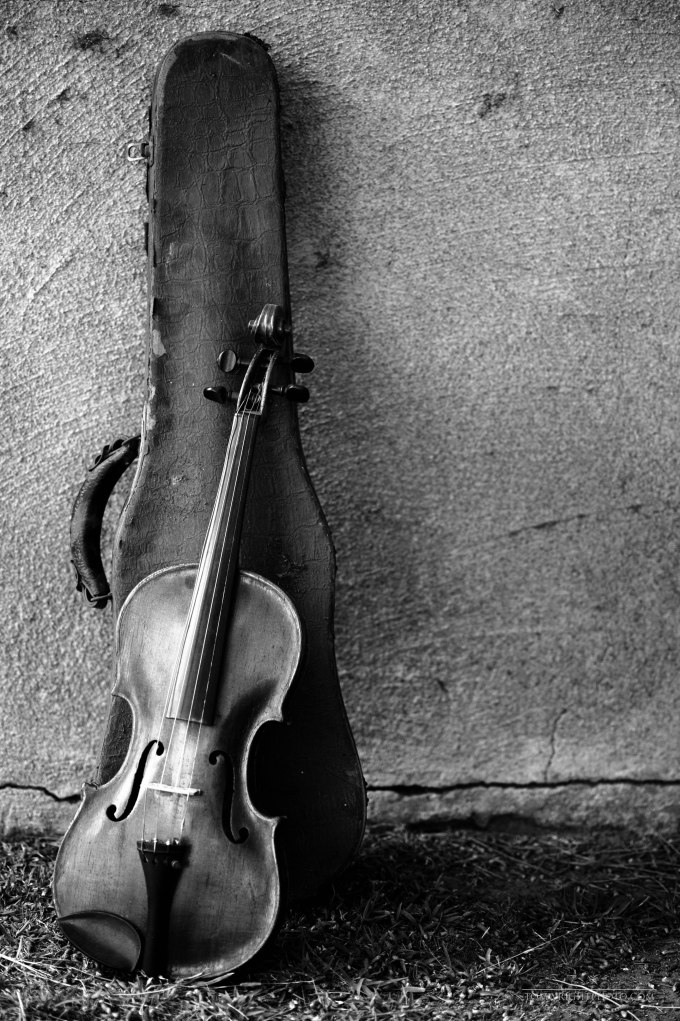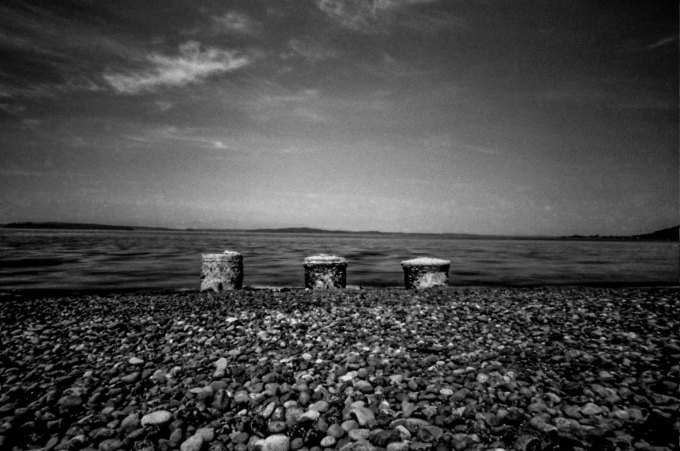Sorry for the delay, I said I’d have this up on Friday, but here is part two.
Decided to start playing again with film. I had a few rolls of Ilford 120 film laying around, that had expired a few years ago, but thought I’d play around with them and see what (if anything) came out. I decided to shoot most of the rolls with a pinhole camera my brother gave me a few years ago. It’s a pretty fancy pants camera, from Zero Image.

Queen Anne Library, Seattle WA. An overcast day, exposure was for about six seconds.

Historic Queen Anne Ave, Seattle WA. Exposure for about 8 seconds.

Parsons Garden, in Seattle WA. Exposure of about 10 seconds.

Washington Park, exposure for about 3 seconds.

Washington Park, exposure for about 3 seconds.
The film I was shooting with expired around 2006, and wasn’t stored very well. I had gone completely digital, but never could throw away the film, it just kept moving with me. Earlier this year, I decided I wanted to return to shooting film. For a variety of reasons, I wasn’t enjoying myself with photography and I felt a part of it was that I wasn’t shooting the way I wanted to. It’s nothing against digital, but I’ve never gotten the same feeling shooting with it as I did with film. I also missed how film forced me to prepare and be more present when I was shooting. Again, not digitals fault, but I can easily be persuaded into a lazy work habit. Film punishes you more if you aren’t focused on what you’re doing more, and I love that.
So, I decided to start my adventure back into film by shooting expired film. Smart? Maybe not, but seemed fun (plus, I can never seem to throw that film away, so might as well use it up!). If I’m not mistaken, expired b&w film tends to produce a denser image, so getting the right exposure can be tricky. As you can see with some of the examples, I was pretty underexposed with the shots, and I think even considering the handicap of the film these would of still been underexposed with regular film.
My challenge with the exposure partly came from the metering I used, and my bad guessing. I no longer have a light meter, so I took a chance on a free meter app for fancy pants phones. The metering app I used is called Pocket Light Meter, and for a free app I think it’s metering is actually pretty good, I just need to get the hang of its look and I can make the little bit of adjustments from its reading in my head. The real problem with using the meter, my pinhole is basically an F/235 (Holy Toledo!), and my only options for the meter were to set it at f/228 or f/256. So, I metered most the shots at f/228, then tried to add a second or two to that. Looks like I need to up the time more significantly than I thought, but hey, that’s why we do test.
Another issue I had, was I wasn’t being aware enough of the focal length of the pinhole. For the first few rolls I didn’t even know what the focal length was, which is very poor work on my part. After looking at the specs of the camera, found out the focal length is 40mm. So, on some shots I need to get much much closer (although for most the shots this was fine).
Another simple mistake, and sometimes accidentally cool mistake, I kept making was overlapping the frames. This gives a slight double exposure on some of the shots, which you can see in the above gallery. In some of my more recent rolls I’ve gotten the hang of consistently stopping the film advancement in the same spot each time. This is both an easy problem to fix and an easy one to keep coming up. You can easily “zone out” when manually advancing the film and forgot what you’re doing, the lesson film constantly teaches, stay focused!
So, these are some of my “failures” with my pinhole so far, but from every mistake comes knowledge. In part three of the pinhole post, I’ll share the images that I felt worked out, some on purpose and some on accident.





























